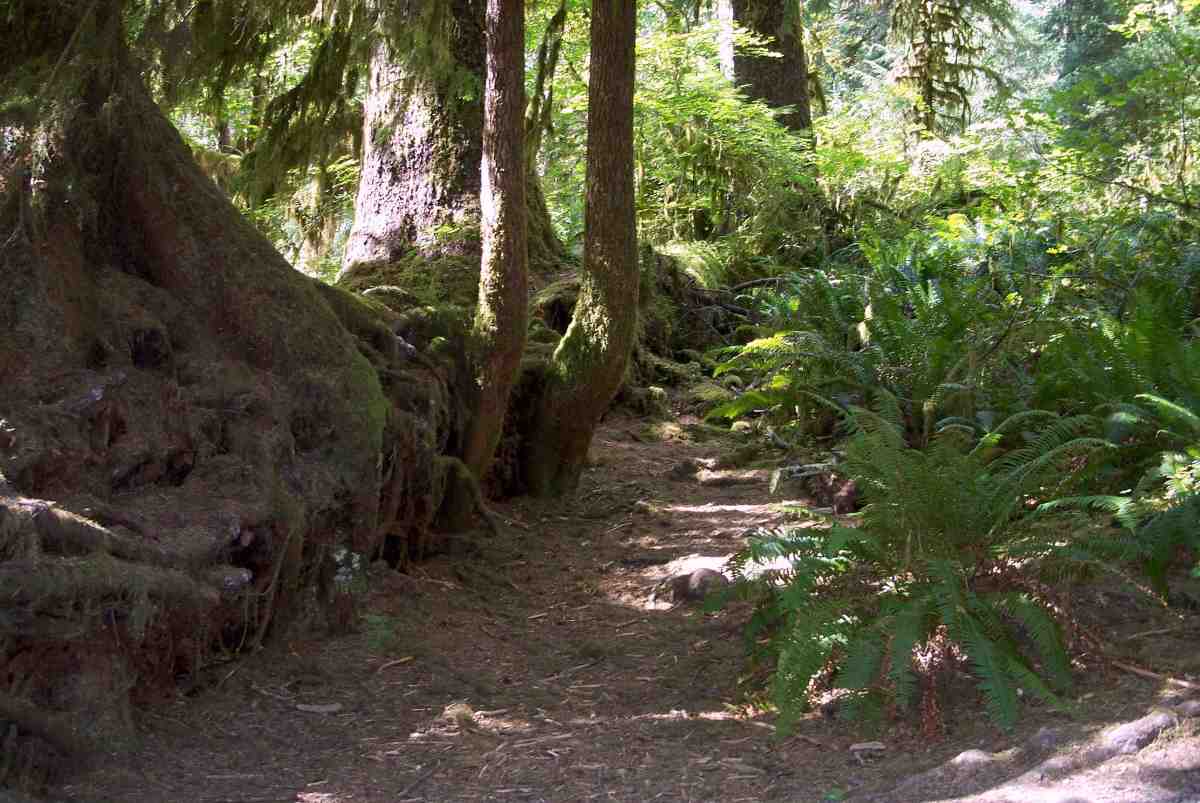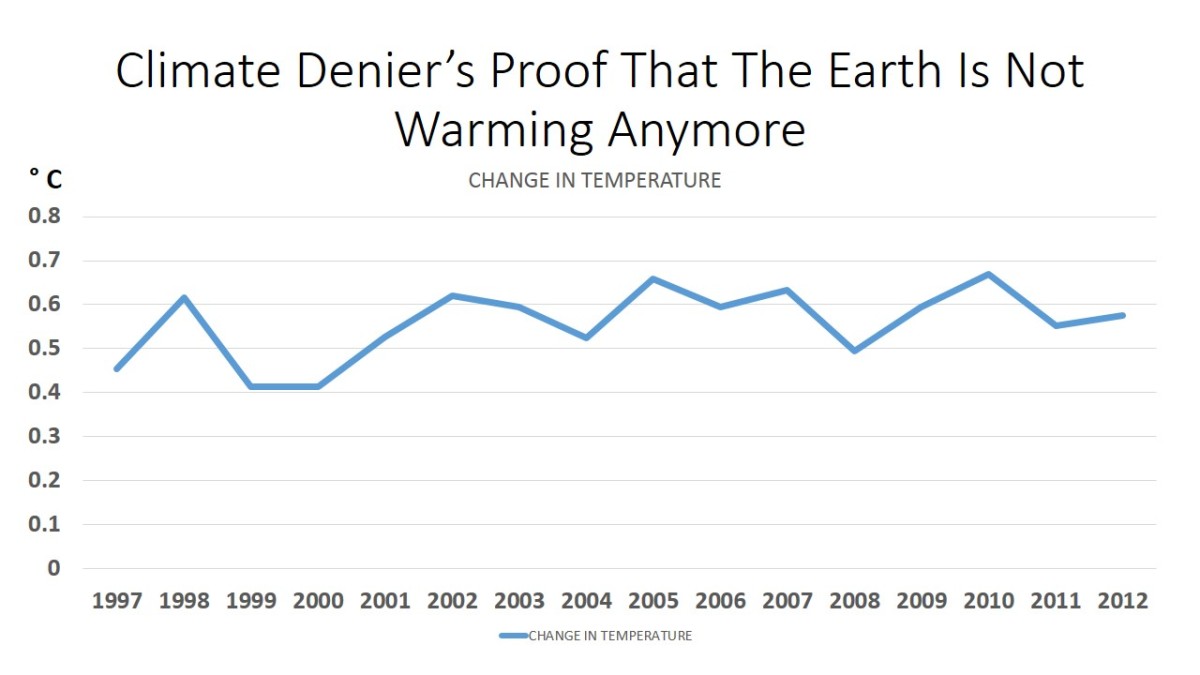The Depletion of Timber Resources in the Upper Midwest
The landscape of the United States has changed greatly over the past four centuries. Acres of forestland have been replaced by farms, homes, and factories across the country. Over this time, the forests in the upper Midwest in particular have decreased tremendously. The upper Midwest is experiencing a decline in timber resources, resulting in a negative environmental impact on the region. This problem should be addressed and a solution must be found and implemented to ensure the survival of this valuable resource.
Trees have played a central role at every stage of human history, providing people with items essential to human survival. They have provided people with food to eat, fuel to burn, ingredients in medicine, and a material that has been used to build tools, weapons, instruments and shelter (Arno and others 2000). American forests play this same central role that forests throughout the world and throughout history have played. In the woodlands of the upper Midwest, like elsewhere in the United States, thousands of people use and enjoy the timberlands each year. People use these lands as for recreation, such as hunting, sightseeing, hiking, and wildlife observation. Midwestern forests are also used as a way to provide individual livelihoods in industries such as logging, and supplemental income to farmers. With this much use of these lands, the solution to the problem of these shrinking Midwestern forests should be of interest to many Americans.
Midwestern forests are part of the broad-leafed deciduous forest which occurs naturally in North America from the eastern United States as far west as Minnesota and north the southeastern Canada (Allaby 1999). The Midwest makes up the western end of the eastern deciduous forest (Shoonmaker 1990). The forests in this region are populated by a variety of species of trees. These species include white pine, sugar maple, beech, yellow birch, and hemlock. Going south into Wisconsin, Illinois and Iowa, maple combines with basswood, ash, and oak (Allaby 1999). These Midwestern forests remain part of a larger natural temperate forest area.
Humans have played a main role in altering the condition of almost every biome on earth (Arno and others 2000). This fact remains true with the forest biomes of the world. As human population has increased worldwide, the world has seen a mirroring decline in forests (Brower 1997). The first European explorers and settlers in the New World saw what ancient Europeans and Asians had seen earlier in their own continents: forests that seemed limitless in area and supply. The broadleaf woodlands of the eastern United States were one of the greatest forest ecosystems on Earth (Hirschi 1993).
When the Europeans came to America in the 1600s, they were greeted by vast expanses of tall wide trees, but since then, settlement and harvesting of this land has greatly decreased the land area covered by forests. Approximately 1.7 million square kilometers of forest was reduced to about 100,000 square kilometers in the eastern United States by 1900 (Lowry 1999). Since the beginning of the twentieth century, deforestation has continued worldwide, with 5 billion hectares of forests on the earth shrinking to 2.9 billion hectares (Brown 2001). In the American Midwest, the numbers of ancient forests used to be numerous, but now have dwindled to the point that almost none are left (Hirschi 1993). In Iowa, it was estimated that there were 2.5 million acres of timberland in the 1940s, which dwindled to 1.6 million acres in 1974 (R. Grau 1978).
Forests are considered a renewable resource, but they are being used up at a rate greater than its sustainable yield, meaning that they are being used faster than they can be replaced. There are several reasons for the decline of forest resources in the Midwest. In the nineteenth century, thousands of acres of timberland were cleared to make way for crops. The Midwest is a highly agricultural area because it has such fertile soil. Crops were seen to be a more valuable use of the land than timber. The main decline of forests in the upper Midwest in recent years occurred in the 1970s and 1980s when landowners cleared forest land and converted it to cropland, which was in even higher demand at the time due to skyrocketing prices for farmland (C. Grau 2006). At the time, Robert Grau stated, “Economics and high land prices are encouraging the rapid conversion of these woodlands to a use that the owner considers more profitable” (R. Grau 1978).
Another important reason for the decreasing Midwestern timber resources is improper logging, where the old good quality trees are harvested and only the trees of poor quality are left to regenerate (C. Grau 2006). In addition, some forests have been overharvested, and the resource cannot replenish itself as fast as it is being used up. As Iowa forester Robert Grau observes, “It takes only a short time to clear and bulldoze a good young timber, but it may take one hundred years to restore that land to its function as a producer of timber,” (R. Grau 1978).
When imagining our nation’s forestland, many think first of the national forests and government owned land. However, in 1997, seventy-three percent of American timberland was privately owned (Brower 1997). That percentage is even higher in the forests of the Upper Midwest. Much forestland has been lost because of individual decisions by individual owners of small timber plots. Farmers who allow livestock grazing on timber on their farm contribute to the decline of the forest.
Decline in timberland affects more than the number of trees in an area. Clearing a timber or even cutting through a forest to clear the way for a road or a pipeline affects the wildlife in that area. It can also increase the chances of forest fires. After the leafy canopy is cut away, the sun is able to penetrate through to the dry forest floor, increasing its flammability. Cutting a way for a road also increases an area’s accessibility, causing more people migrate there, resulting in more trees being cut down as people move into that area (Lowry 2003). The constantly increasing population of the United States, and the movement of people from rural to urban locations, has dramatically increased the expansion of cities and suburbs in the Midwest, as it has in other areas of the country, resulting in greater reduction of woodlands.
Forests have also been affected by other natural and human enemies. Tries are dying all over the world, and in many cases this happens even before they are cut.Diseases in trees and insect pests have contributed to many trees dying. For example, Chestnut blight and Dutch elm disease have nearly eliminated these tree species and have altered many of the woodlands of the upper Midwest (Allaby 1999). Pollution in the form of acid rain does not present as great a threat to the forests of the upper Midwest as to other areas of the country, but still is somewhat of an issue.
Attempts have already been made at solving the problem of dwindling forest resources in the Midwest. In the late 1800s and early 1900s, people began to see the value of saving our natural areas, including forestland (Earley 2004). Forestry instruction at universities focused on better forest management, including such techniques as selective cutting—cutting only the mature trees and leaving younger trees to grow and mature. However, while these techniques helped to reduce the decline of forestland, they did not take into consideration the forest as an ecosystem (Little 1995). Cutting trees and removing them from the timber deprives the forest of the nutrients it could get from decaying trees or forest fires (Allaby 1999). Newer forestry techniques remove selected mature trees, but leave others untouched, so that the ecological effects on the forest are reduced.
Some see improvements in forest management in the United States in recent years. The principles of ecology rather than economics are becoming more important in shaping how forests are managed (Brown 2001). Now the federal government is paying farmers to let their land grow back into forests, and some of the same people who got money for converting their land to crop land are now getting money for letting it grow back into forests (C. Grau 2006).
As the world’s population continues to grow, more will have to be done to manage the forests that remain, including the Midwestern forests. Many things can be done to address the problem of dwindling timber resources in the upper Midwest. New laws and regulations can be put into place to lower the negative impact that people are having on this region. More government restrictions should be put into place because individuals have too much free range of what they can do with their land.
Harvesting of timber should continue to occur. Humans continue to need wood, and unlike many other materials, it is a renewable resource. However, it is not renewable if more of the resource is used than is replaced. Therefore, its use should be restricted (Grau 2006). People should do less clear cutting, which eradicates entire areas of forest, but should do more selective cutting and shelterwood cutting. If timber is viewed as a crop that needs to be managed and replenished after it is harvested, then loggers would not just move onto the next forest after they had exhausted one forest’s supplies (Earley 2004). Owners of forested land should focus on individual forest management in order to protect their part of the larger forests. If the economic viability of small wood lots is increased long term, then people will more likely have interest in keeping the land as timber. One of the most important solutions to address this issue is to raise people’s awareness of the problem, so that they are aware of the severity of the effects of their actions on their habitat.
Over just a few centuries, the forests in the upper Midwest have decreased drastically. Timber resources are disappearing in the upper Midwest, resulting in a negative environmental impact on the region. Various causes have contributed to this decline, including clearing for crops, disease, pests, expansion of cities, and improper logging techniques. The problem of declining timber resources should be addressed and solutions must be found and implemented to ensure the survival of this valuable resource.
Sources
Allaby, Michael. Temperate Forests. New York: Facts on File, Inc., 1999.
Arno, Jon, James Flynn, Jim Fyles, Todd Forrest, and Jeff Kirwan. Trees. London: Discovery Books, 2000.
Brower, Kenneth. Our National Forests. Washington, D. C.: National Geographic Society, 1997.
Brown, Lester R. Eco-Economy:Building an Economy for the Earth. New York: W. W. Norton and Company, 2001.
Earley, Lawrence S. Looking for Longleaf: The Rise and Fall of an American Forest. Chapel Hill: The University of North Carolina Press, 2004.
Grau, Robert. “Timber Resource Disappearing in Iowa.” Iowa Conservationist. November 1978, 12-13.
Grau, Christopher. Professional forester. Elkader, Iowa. Personal interview. February 26, 2006.
Hirschi, Ron. Save Our Forests. New York: Delacorte Press, 1993.
Little, Charles E. The Dying of Trees: The Pandemic in America’s Forests. New York: Viking, 1995.
Lowry, Michael, editor. The Disappearing Forests: Understanding Global Issues. North Mankato, Minnesota: Smart Apple Media, 2003.
Schoonmaker, Peter K. The Living Forest. Hillside, NJ: Enslow Publishers, Inc., 1990.






